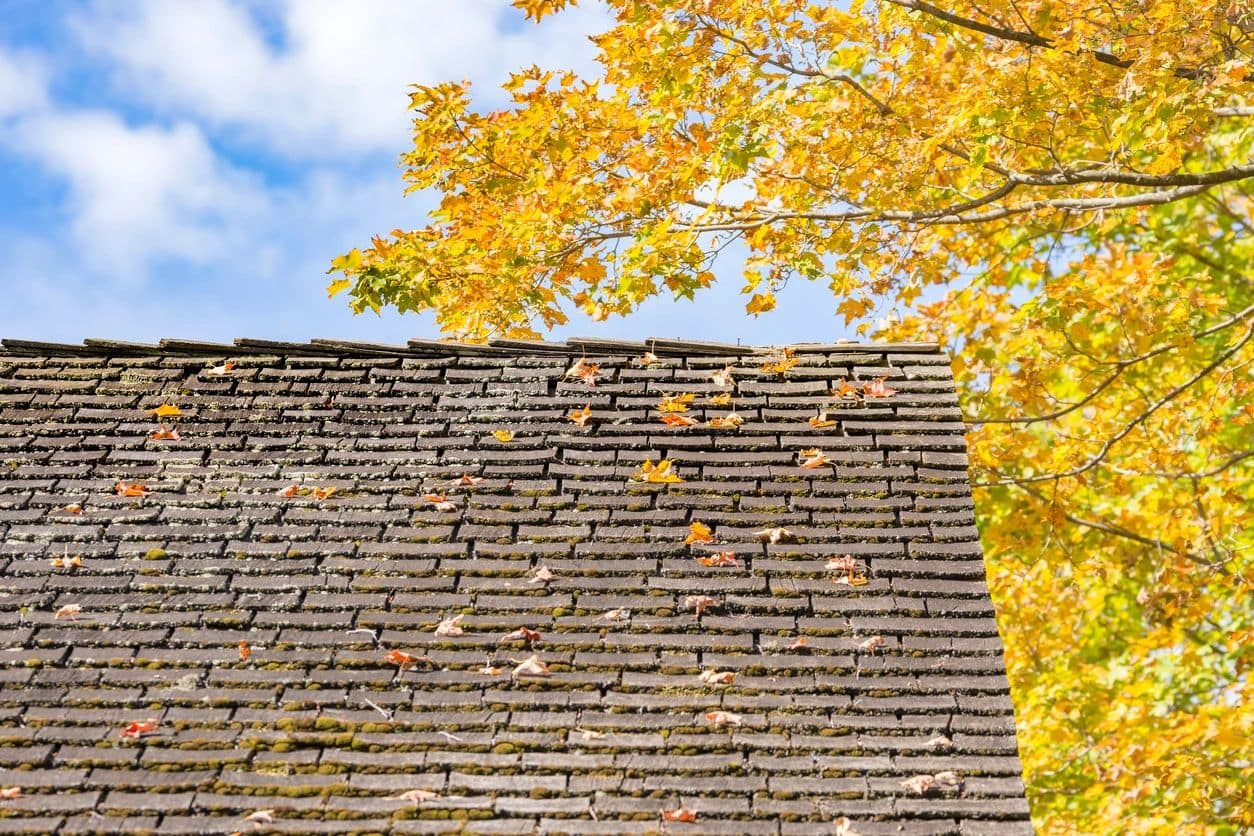Similar to routine car maintenance checkups, scheduling a roof inspection is an important part of prolonging the life of your roof. Unfortunately, many homeowners don’t schedule routine roof inspections as they do for their cars.
It’s not necessary to have annual roof inspections performed, but it is recommended to have it done every two to three years to make sure it’s in good shape. Roofs are one of the most expensive repairs homeowners make and a new roof costs thousands. That’s why it’s important to make it last as long as possible.
Why is a Roof Inspection Necessary?
Roof inspections act as a form of preventative care. Roofing contractors typically offer them for free as a way to get more work. What’s important is that you find a trusted contractor who won’t try to create work for themselves when problems don’t actually exist. Also, make sure they’re licensed.
Regardless of your location, roofs are exposed to a lot of different weather conditions. Whether it’s heavy rain, hail, snow, wind, or hot and cold temperatures, roofs take quite a beating throughout the year.
Homeowners living in areas prone to receiving tornadoes and hurricanes should definitely make sure their roofs are in good shape prior to and after a big storm hits. An inspection before a storm will help prevent more damage from occurring. If there are leaks or damaged shingles and you haven’t noticed, a big storm will certainly expose them and by then it’s too late. Additional damage has occurred and the price to fix it has climbed.
Getting a roof inspection is a good idea if you’re considering repairs or installing a new roof. It’s crucial that you don’t just take the advice of a single contractor. Gather the opinions of several before making any final decisions.
Common Problems with Roofs
Roofs may look fine to the average homeowner, but a lot of problems that arise with roofs happen below the surface. Some of the most common problems associated with roofs include:
- Leaks and holes
- Ripped or missing shingles
- Roof discoloration and deterioration
- Loose or damaged flashing
- Depressions that cause water collection
What an Inspection Should Include
A thorough roof inspection should take some time. Make sure the contractor walks around the home, on top of the roof, inside the home, and checks inside the attic. Some contractors have special equipment and may take pictures as part of the inspection. Ask what they plan to do so you know what to expect.
Routine roof inspections help determine the structure of the roof, its projected life span, and whether repairs need to be made. Inspectors should be able to detect damage from storms or branches, areas susceptible to leaks, shingles that need repairing, and the overall structure and function of the roof.
If it’s been a few years since your last roof inspection, consider scheduling one as soon as possible. Don’t wait for the next big storm to hit. Treat it as preventative care and you’ll likely avoid those costly repairs in the future. Once again roof inspections are usually free so it doesn’t hurt to have your property checked out.
Chad Siemer writes about a number of home improvement topics for several websites, including Keeping You Dry Roofing.


